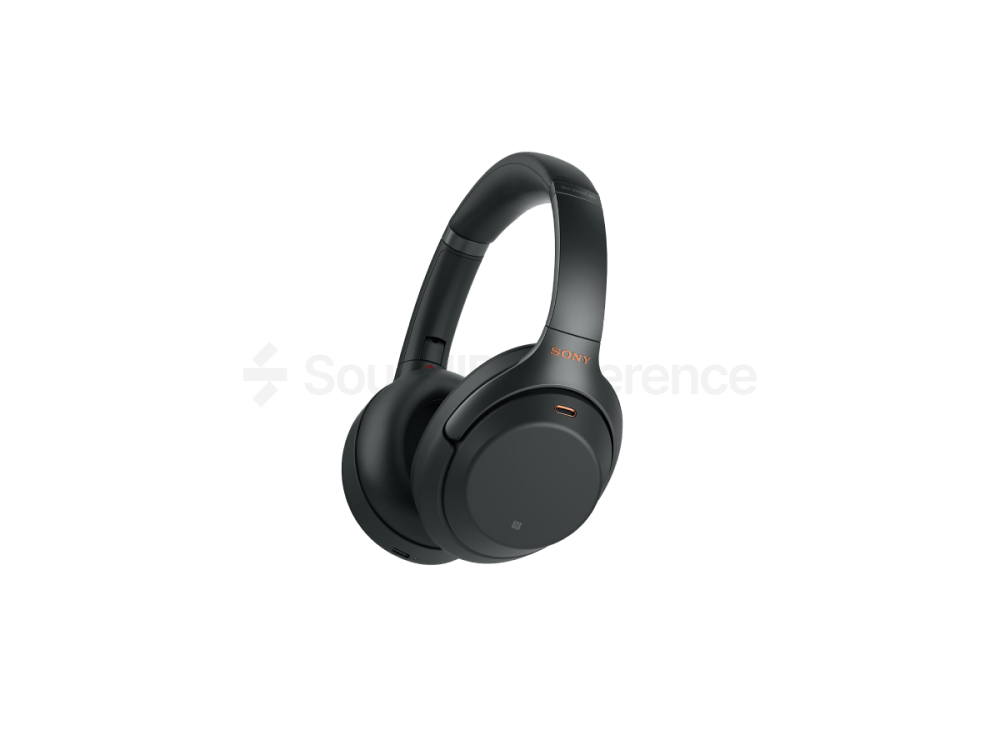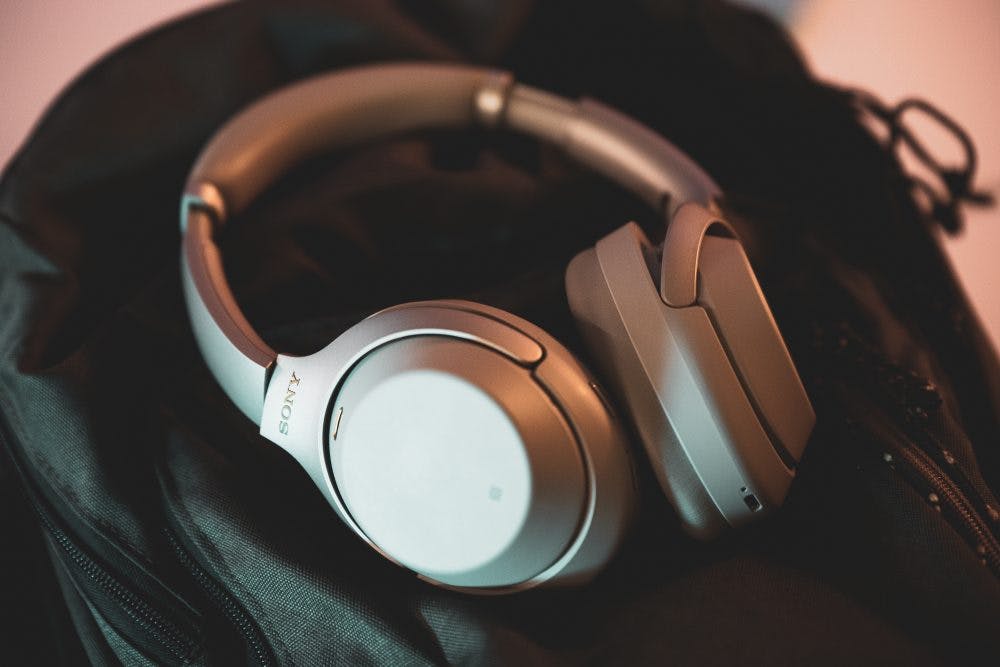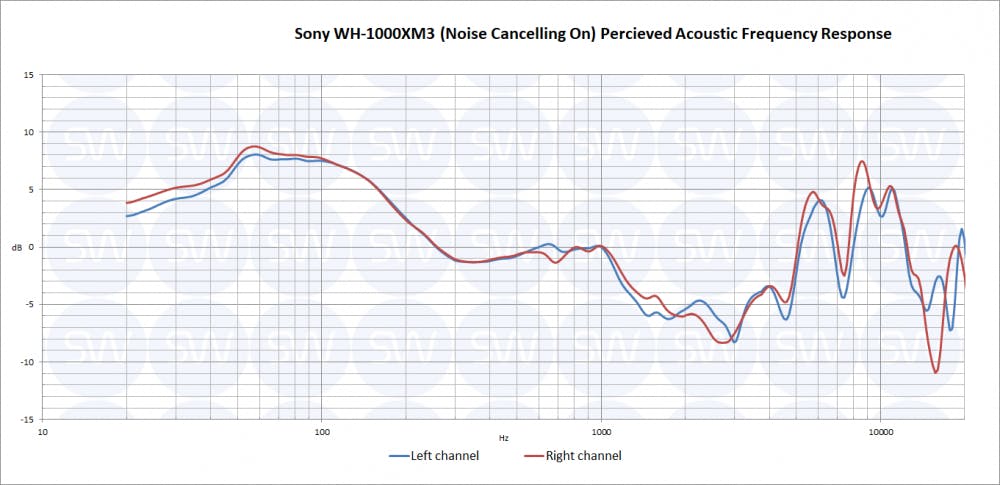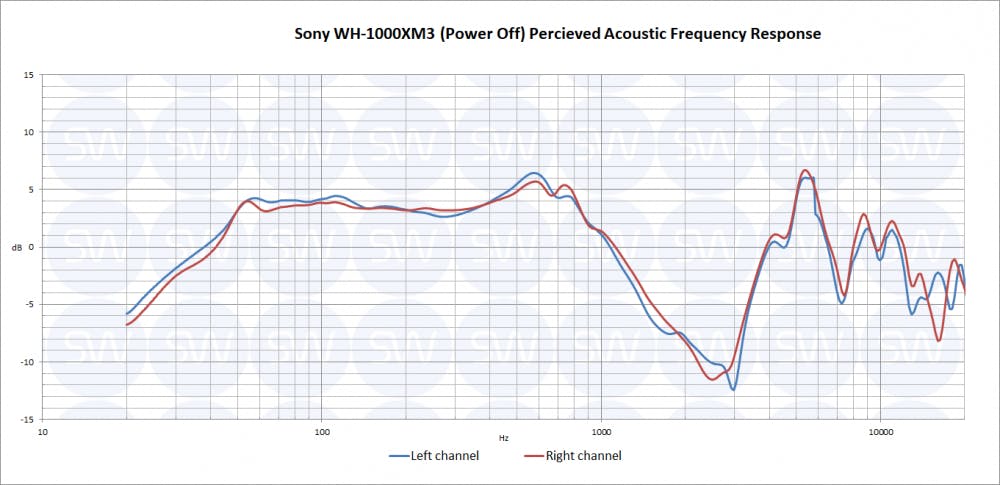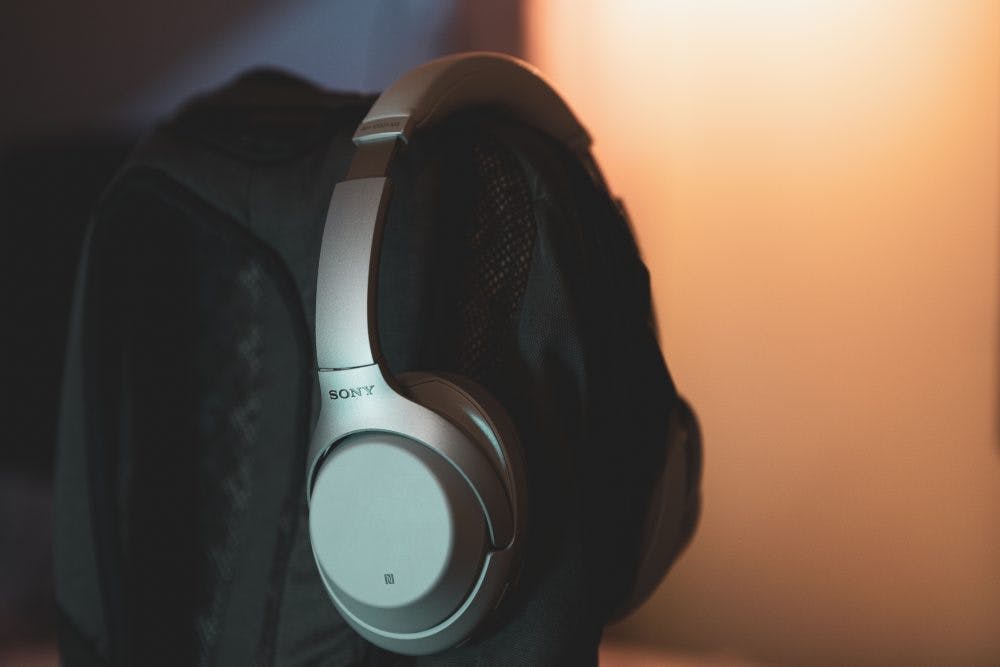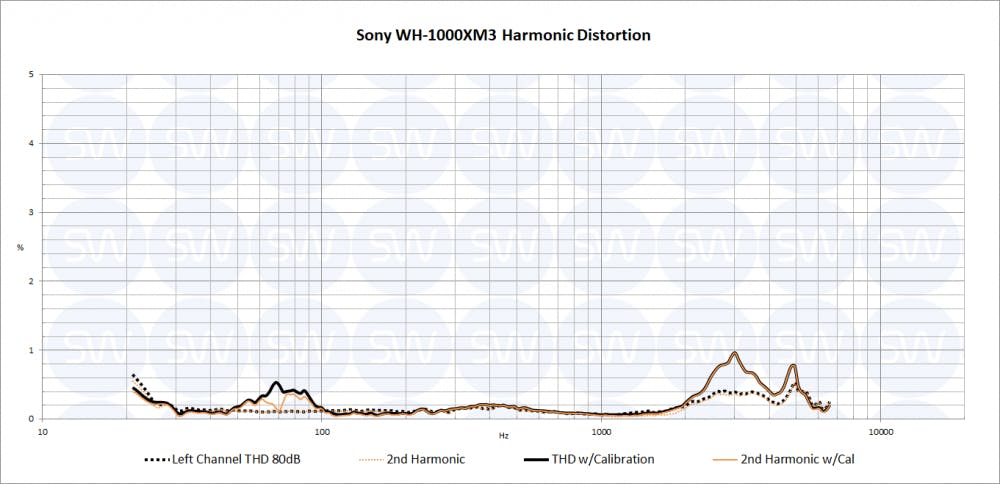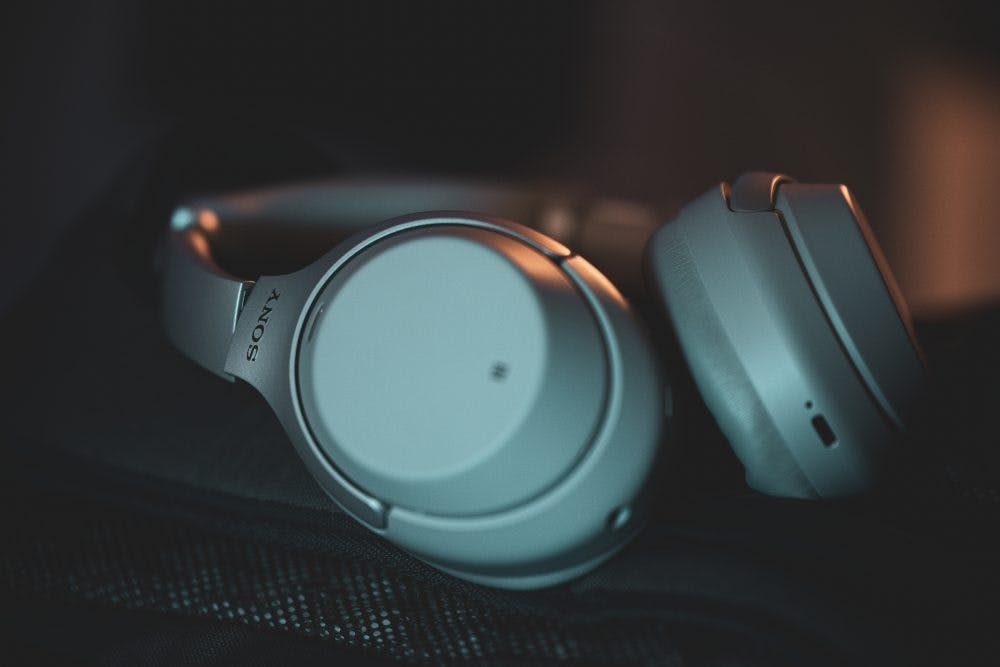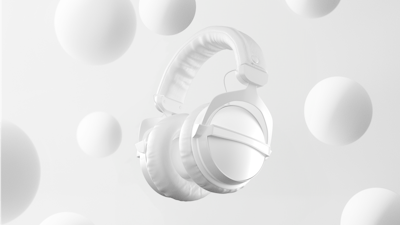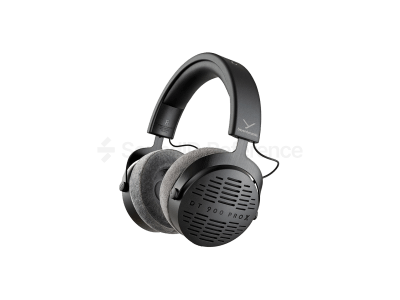Sony has been an audio industry powerhouse with its products spanning from headphones to smartphones. It has been present in every small audio revolution, from minidiscs up until now with state-of-the-art noise-canceling headphones. Sony WH-1000XM3 is their latest flagship pair. How does it stack up against the competition and might these cans just be the best out there? Let’s find out.
- Probably the best noise cancelling in the game
- Pleasant sound out of the box
Pros list with SoundID Reference calibration
- Even high mids
- Detailed sound throughout spectrum
- Big dips in the high mid frequency spectrum
M3 is the third iteration of the WH-1000X product line. While the first two models seem fairly identical with some material changes, the M3 has gone through a minor design overhaul. It keeps the same form and shape factor, but the headband is now a bit thicker and the cups have a smooth matt finish. The design is more seamless. The body is made entirely from lightweight plastic, but it does not feel cheap. Like many other noise cancelling headphones, the WH-1000XM3’s are made to be portable for usage on the go. Well-made hinges allow to fold the cups so the pair fits into a traveling pouch.
Like other noise cancelling Bluetooth headphones, the WH-1000XM3 can be used in different modes. The noise cancelling and ambient sound modes work via both Bluetooth and cable connection. When the battery drains, headphones can still be used with cable, although this will alter the sound quite dramatically.
The noise cancelling mode has a bit of an exaggerated bass response that might be a bit too overwhelming. This is a trait that was not so highlighted in the previous versions of the WH-1000X model. For some music genres, this might be a good thing. The biggest issue might be the huge dip of almost 10db in the high mids, but somehow it does not ruin the listening experience. Our measurements show that the ambient sound mode has the same frequency response as the noise cancelling mode. Fortunately, these headphones do not introduce any annoying resonances across the spectrum as would the Bose QuietComfort 35 II do for instance. This means, that the calibration doesn’t have to struggle to get a flat frequency response out of these cans.
When the headphones are turned off, the high mid dip becomes even deeper crossing the 10 dB mark and becomes uncomfortable. The bass is less exaggerated though.
The channels have a rather good balance in these headphones. Up until 1 kHz they are almost identical, but above that, it does not exceed 5 dB difference. This trait remains present in all the units of our sample pool.
These headphones are designed to be comfy and just might be the most comfortable noise cancelling headphones out there. The pads on the cups are not too thick but not too loose either, so there is no wiggle room around the pinna and the headphones stay firmly on your head. Ear overheating and sweating was a bit of an issue with the M2 after longer periods of listening because of the thicker earpads, but this problem is no longer a pressing issue with the M3. The headband also is a big improvement with the added padding.
These headphones have the full package – good build quality, good design, good sound, excellent noise cancelling. The competitors in this price range might excel in some categories but fail in others. So if you’re willing to spend somewhat 300-400 USD for a pair of noise cancelling headphones, the Sony WH-1000XM3 is your best bang for buck.
Overall these headphones don’t distort across the frequency spectrum but there is a THD spike at 3 kHz, but it is barely audible.
The calibration effect is very consistent with these headphones. These cans take the calibration very well and the effect translates very well among different listeners.
How much do they differ pair to pair in terms of frequency response?These are rather consistent headphones, and if you get a pair, you can be sure that it will meet the quality standards. The difference between pairs rarely exceeds 3 dB.
Rating
Conclusion
These are probably the best noise cancelling Bluetooth headphones in the game. They are not neutral sounding out of the box, but the coloration they add is not unpleasant. And with the calibration, these headphones sound very good and could even be considered for something more than just recreational listening.
Final Rating
Calibration Enabled
Calibration
